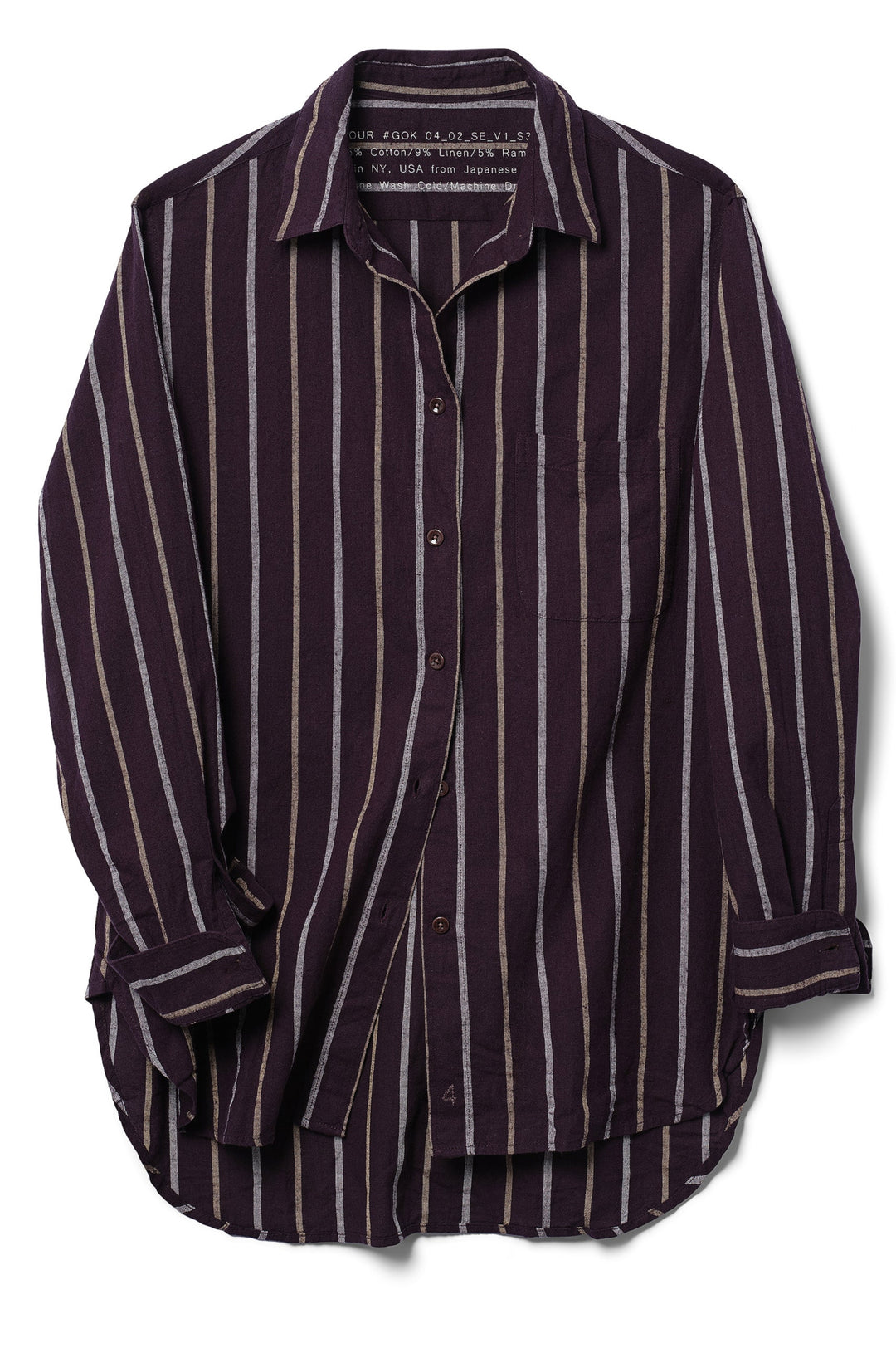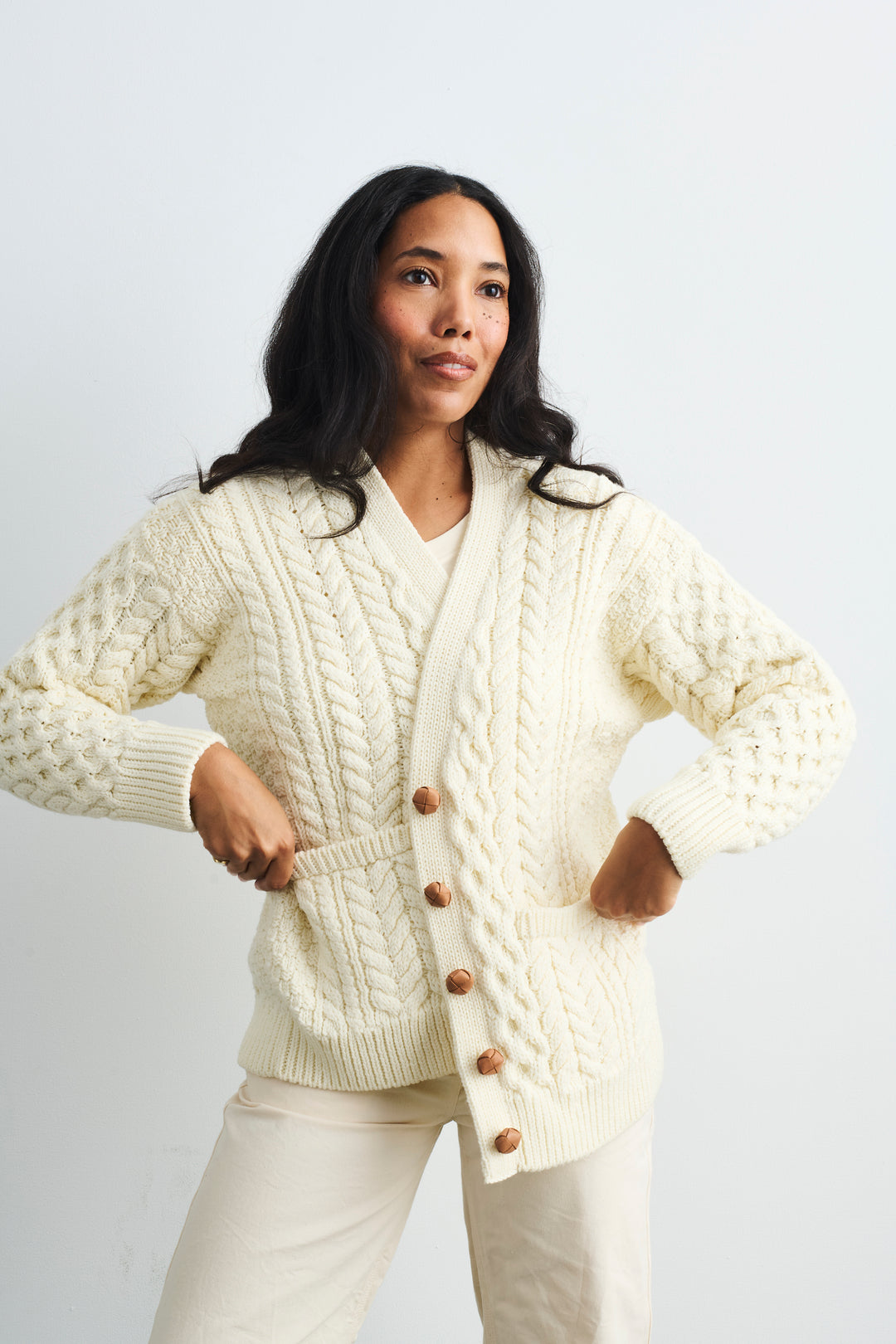Celebrities2Us: Alexandra Marvar
Meet Alexandra Marvar,
writer, journalist, photographer, world wanderer...with iron eggs!

We had a blast pulling this together with the sparkling and intrepid Alexandra. There are SO many incredible links, you'll be laughing, crying, rolling your eyes and coming back for more.
Read on!
4: Where are you from?
AM: The Midwest — I was born in Mansfield, Ohio, known for its penitentiary (where The Shawshank Redemption was filmed — our claim to fame).

4: How did you get into journalism?
I don't remember always wanting to be a writer — but apparently I did. My parents have me on cassette tape when I’m five answering the “what do you want to be when you grow up” question with my plan to work at McDonald's and save up all my money to buy a typewriter. (Can you tell I’m a child of the ‘80s?) I was into photography in high school, and in college, and I ended up graduating early to do a semester at the Salt Institute for Documentary Studies. I really thought I was going to become a documentary photographer and work for the VII agency like James Nachtwey or something. I got a friend to teach me some HTML and designed my own website to show off my photography, and everyone said “Wow… Amazing… Can you build my website?” So I accidentally became this web person and ended up working in magazines, coding all the bold and italic and line breaks into articles for the websites of magazines like Jane, W, Vanity Fair. Very glamorous. But it wasn’t so long before, at VF, I got a lucky break, and got into actual writing.

I jumped around, worked in a few different industries including film, but in 2018 I decided to freelance and write full-time. I have been lucky to work with some great editors since then — like Michelle Legro (then at Topic, now at Wired) and Atossa Araxia Abrahamian (a journalist who was then at The Nation) who gave me opportunities to do some more serious, longer form writing than I’d done before — including some reporting in Alabama about the hidden life of a famous sheriff and an incredible community of Black quilters. There is also Natalie Shutler who let me get away with so many crazy ideas for the New York Times Styles section (and who is now at Slate Politics). One of the great pleasures and privileges of my career has been working with these women who operate behind the scenes, helping writers tell better stories.

4: What is it like to be a freelance journalist?
Kind of intoxicating. I’m always diving deep on extremely niche things and getting really into them. I wrote for NYT about trends like millennial fly fishing, urban falconry, fancy axes, crystal digging…


and every piece I wrote, it took all my willpower not to decide I was going to follow in the footsteps of my favorite sources. Luckily, the things I did try, I proved to be terrible at —

especially knitting and bread-baking. I stopped just short of getting a metal detector. (On that note, I discovered FOUR in the midst of my Georgia O’Keeffe phase. I was writing a bit about her apocalyptic anxiety and her nuclear fallout shelter. When I saw FOUR’s work shirts, inspired by O’Keeffe, I just wanted to make them my uniform, basically.)

I should add that sometimes journalism is also just incredibly, deeply uncomfortable and/or scary. I’m not, for the most part, traveling to dangerous places or doing anything scary myself, but — covering this spaceport scandal in coastal Georgia, or New York City’s municipal burial ground, or Emmett Till commemoration in the Mississippi Delta —

I get so hung up on and so nervous about doing right by other people’s stories, these big parts of their lives that they’ve trusted me with. It can get a bit exhausting.
After doing a run of mind-bending stuff, sometimes I just need to take an emotional vacation and write about, like, cats.

4: We get it. Sometimes all we want to do is design cute kids clothes :) We really enjoyed your most recent article in AFAR, "Of Sheep and Wool". Can you tell us the story behind your meeting with Chinara Makashova?
In this recent story I wrote about this women-owned, women-run, family felting business — Tumar — in Kyrgyzstan, and how the women behind it are part of an effort to bring back the millennia of nomadic traditions and knowledge and skills that faded away in the Soviet era. Chinara is the woman who sort of runs the show. I was speaking with her business partner Roza, and most of the time we had a translator, but in this conversation Roza was using her (perfectly good) English. I asked if Chinara was considered the company’s CEO and Roza told me rather that she is Tumar’s “ideological power woman”
— and she leaned in and added “She has iron eggs.” It took me a second to get her. She was saying Chinara has “balls of steel” in the business world —
but I really think “iron eggs” is much better.
I came to this story through Kyrgies, an American company — really just two guys (and their small team), with a warehouse in Richmond, Virginia who are undertaking a sort of grand experiment to create a sustainable, net zero, completely ethical product. Sort of by happenstance they decided it was going to be these “house shoes” they came across, that are handmade by Tumar for a few different slipper brands around the world. They’d read some things I’d written and had the idea I’d be interested, and they were pitching me on covering what they were doing.



Tumar is getting funding from USAID now to expand their operation, create fair, safe, good jobs — they’re making a pretty tangible difference in a place that was, within my lifetime, in complete disarray and having to basically learn capitalism and built a capitalist society from the ground up. I’m excited to keep track of what they do and there’s definitely more to be written about it.
4: Did you get the impression that being added to the UNESCO list for urgent safeguarding was helping their community sustainably bridge the gap between modernity and their traditional heritage? What do you think it did for the women specifically? We're wondering about the ongoing impact of female leadership in the larger community.
UNESCO has this list of “intangible cultural heritage” — aspects of culture (from oral traditions to performing arts to rituals and festivals to crafts) that need protection, so they keep being passed down generation to generation and don’t become lost and forgotten. For example, falconry is on that list. Within the past decade, a couple different specific Kyrgyz felting traditions, including the making of shyrdaks (which are the felted rugs that line the floors and walls of yurts), and kalpaks (a traditional Kyrygz men’s felted hat that is having a resurgence) were added to that list.Chinara introduced me to one of the women who was involved in the research and the effort to revive and establish and protect these things, a fashion designer in Bishkek named Aidai Asangulova. The same way the women behind Tumar pieced felting techniques and traditions back together, Aidai — with the help of colleagues — has done the same with traditional dress. This isn’t just about cultural identity or reclaiming and connecting with the past; It’s really smart, from a business perspective.

These women-led efforts are creating jobs and whole new employable skill sets for people, particularly women. And because they’re working with traditional techniques and approaches, the practices they’re using are inherently community-driven and sustainable. So the businesses that are springing up are fundamentally additive.
The UNESCO recognition helps establish and fuel international interest in — and an international market for — these products and their makers.
4: We've loved following you and your journey in your FOUR pieces! You’re a writer, and you also take beautiful and compelling photos. Were there moments in your career when photography conveyed or amplified the story you were aiming to share in a way that words alone could not?
The first moments that come to mind are the ones where words haven’t really been so helpful. I’m thinking of this schoolhouse I got to visit in the foothills of Mount Ararat. We had big language barriers. Taking pictures was a way for the kids to show me their world and for us to interact. Capturing them was such a moment in time, especially when those photos are juxtaposed with the context of just how short childhood is in this place, even when you’re not being recruited, as a child, to take up weapons in a decades-long armed conflict. I know my writing alone would not have been enough to humanize these stories.Intrigued as we are? There's so much more to explore! Alexandra's website has links to all of her inspiring articles and gorgeous photography. Follow her on Insta @hollowwalls.













